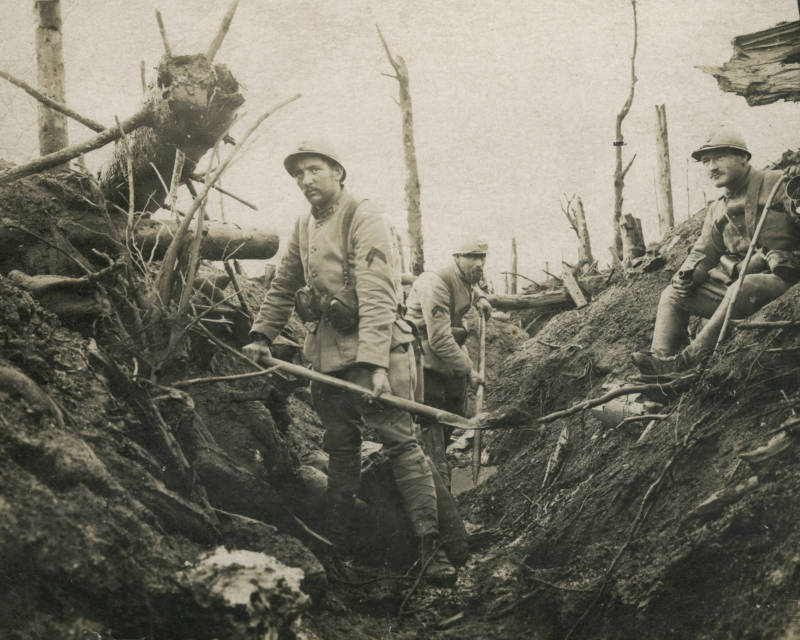

#Battle of verdun ww1 cannons verification
The protocol came into force in 1928.Ĭhemical weapons can be considered as stockpiled or non-stockpiled, observes Ron Manley, former director of the verification division of the Organisation for the Prohibition of Chemical Weapons. The action violated the Geneva Protocol for prohibiting the use of poisonous gases in war, which Italy had ratified in 1925. Between December 1935 and April 1936, for example, Italian aircraft dropped several hundred tons of sulfur mustard on Ethiopian forces during the second Italo-Ethiopian war. The end of the war marked the end of the widespread use of chemical weapons in Europe, but not elsewhere. Prentiss lists 46 chemical warfare agents used or developed for use in the war. 2 He points out that 125 million tons of toxic gases were used, not just in shells, but also in grenades, cylinders, bombs, mines and canisters. Some 66 million gas shells were fired during the war, according to the 1937 estimate of Augustin Prentiss, a lieutenant colonel in the United States Army Chemical Warfare Service. It was designed to force Allied troops to wrench off their gas masks so they could be sick and expose themselves to lethal gases fired in shells at the same time. In September 1917, the Germans began firing shells filled with the vomiting agent diphenylchlorarsine. One night in July, the Germans bombarded British frontlines east of the Belgian town of Ypres, with 50,000 shells containing around 125 tons of the blister agent.ġ25 million tons of toxic gases were used Sulfur mustard appeared on the western front the following year. On 11 July alone, the Germans fired 75,000 phosgene shells containing some 137 tons of the lethal chemical. Many of the shells, both French and German, contained phosgene. During the 303-day battle, the two armies bombarded each other with an estimated 23 million shells. On 21 February 1916, German artillery fired 100,000 shells in the first hour of its attack on French defences at Verdun. And it will continue for many years to come. The ongoing process to dispose of the old weapons that remain has proved complex, dangerous and costly.

The end of the conflict marked the beginning of the work to clean up after this wasted but deadly effort. 1 He concluded that chemical warfare was ‘largely a waste of effort’. They helped the Germans more than the Allies, but they ‘did not win them a battle, let alone give them victory’, wrote Haber’s son, Lutz. The weapons caused immense carnage and suffering but had little impact on the outcome of the war. Chemical weapons, first launched on 22 April 1915 by German gas troops supervised by Fritz Haber, had been used for more than three years. On 11 November 1918, the guns finally fell silent as the armistice came into effect, ending world war one.


 0 kommentar(er)
0 kommentar(er)
